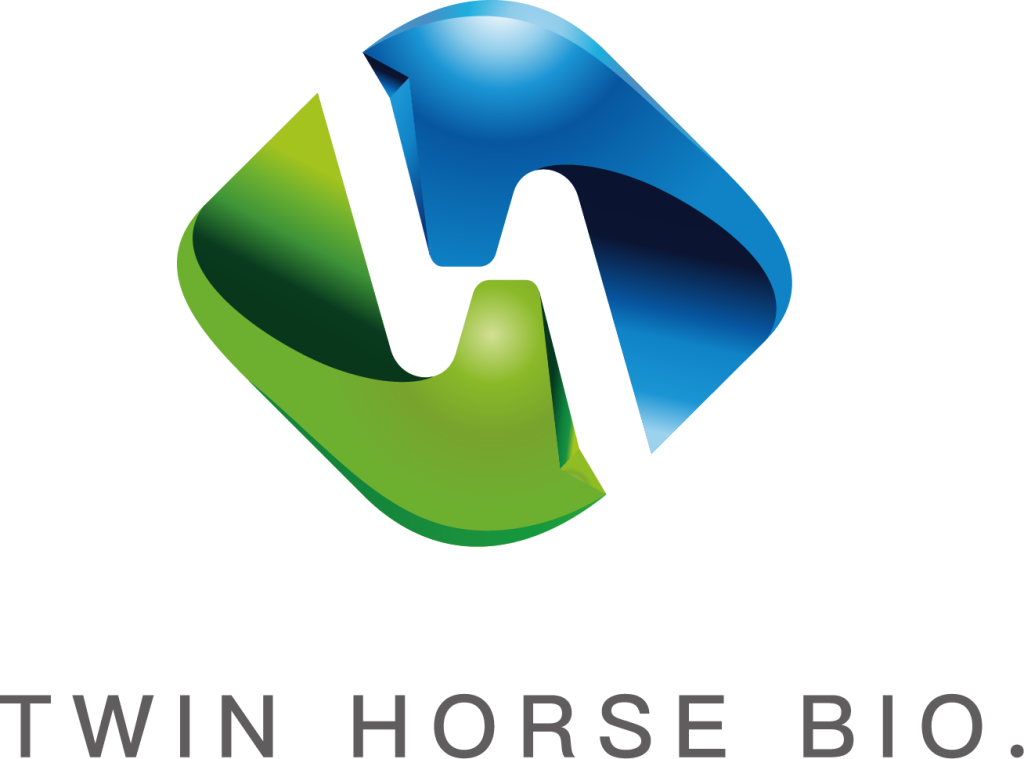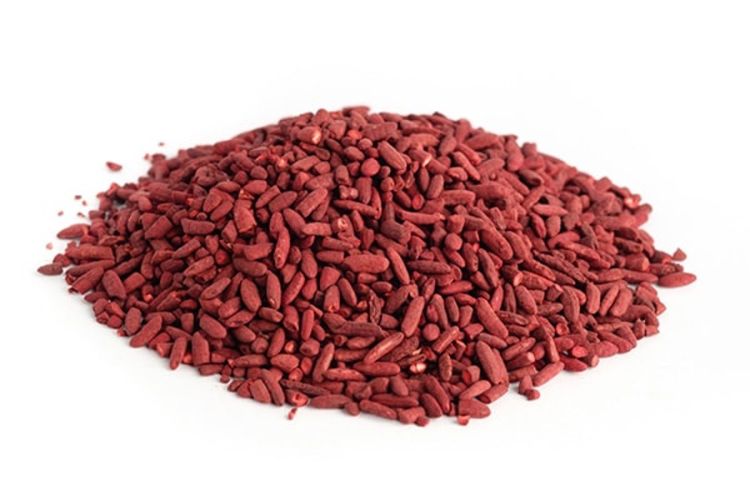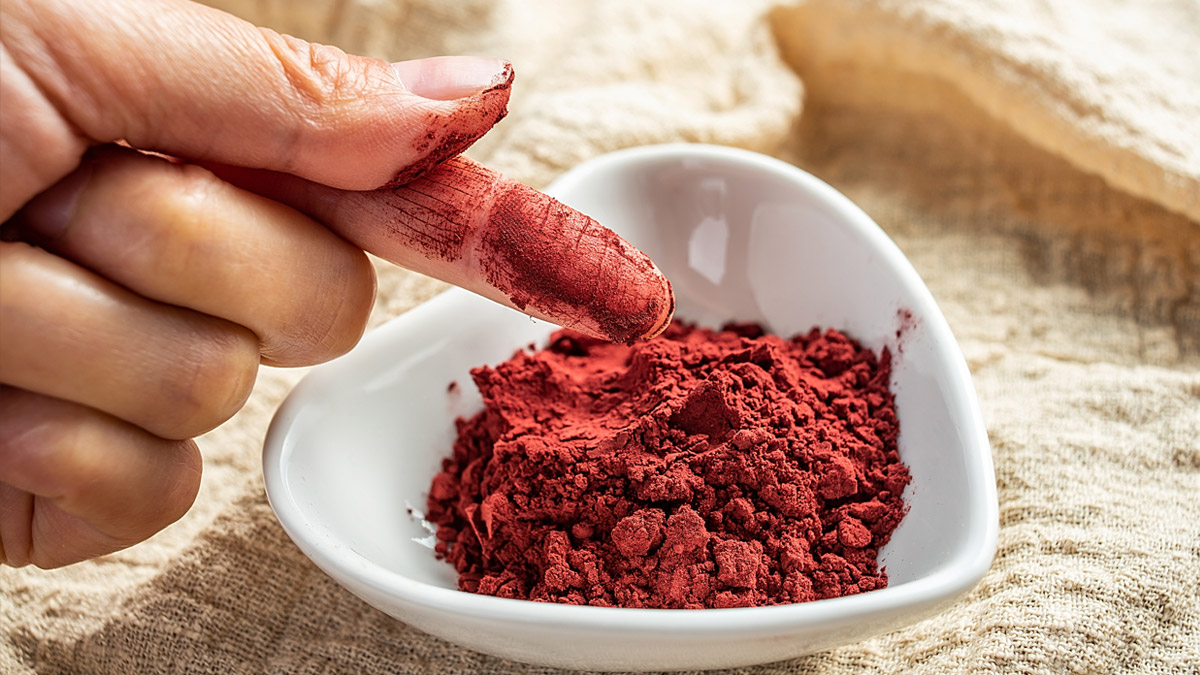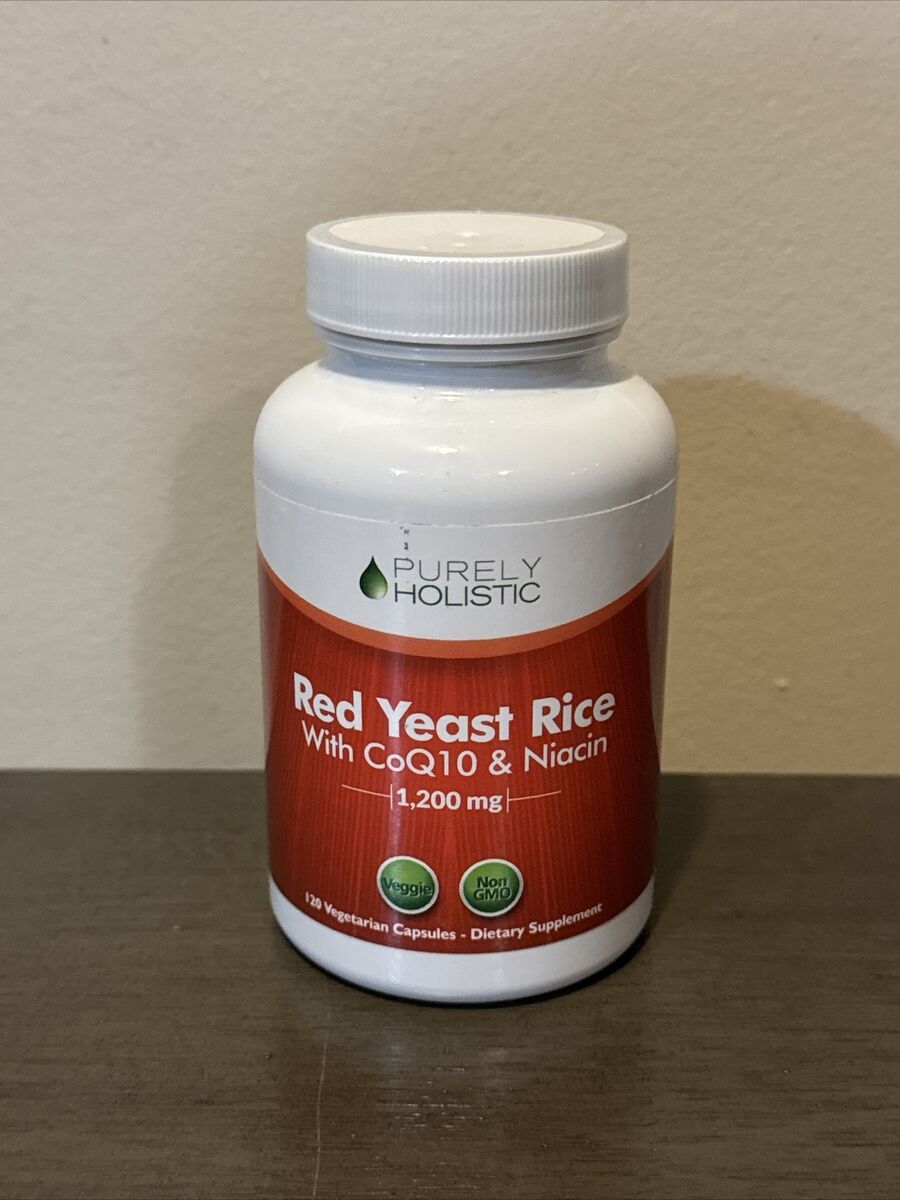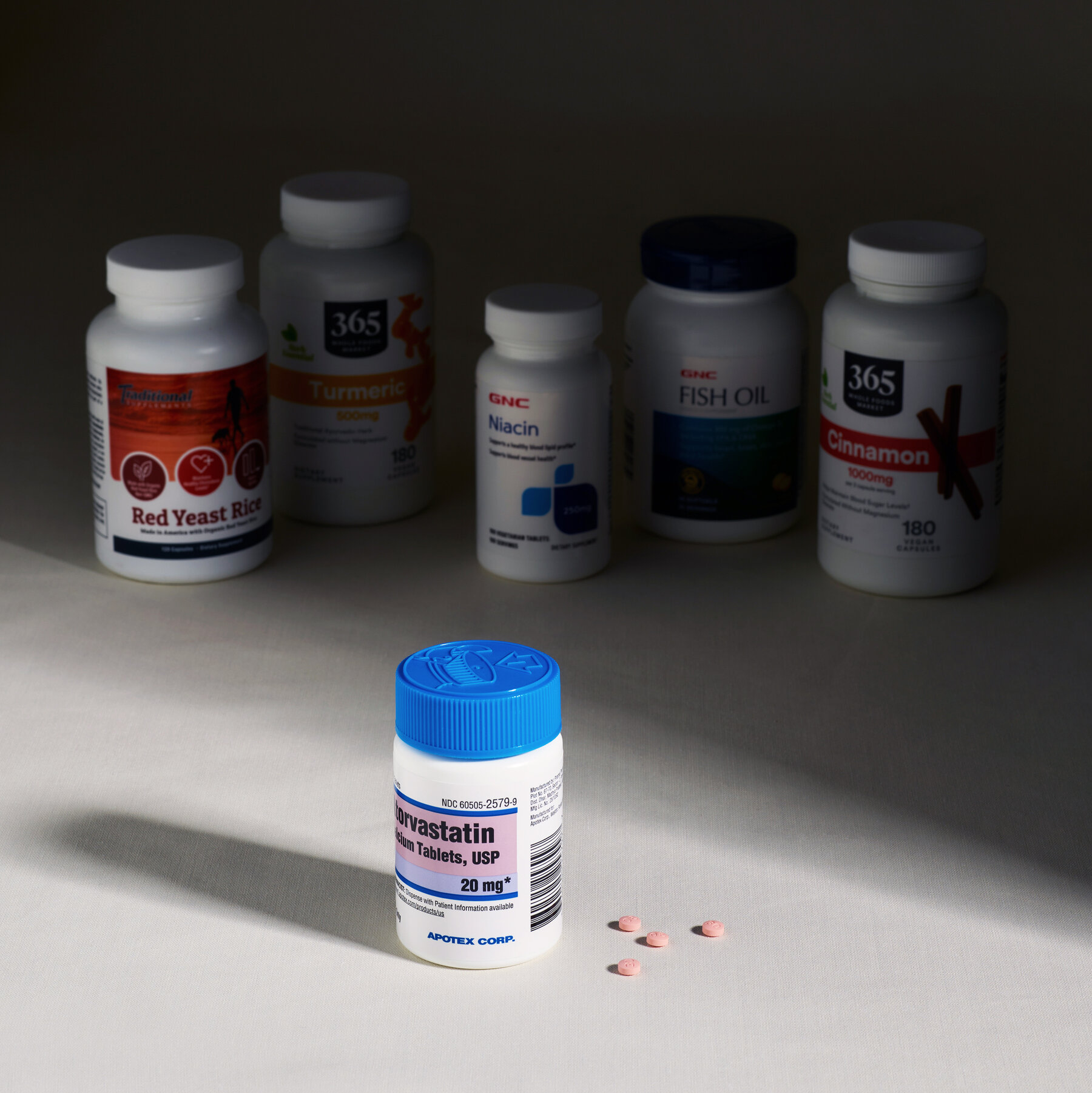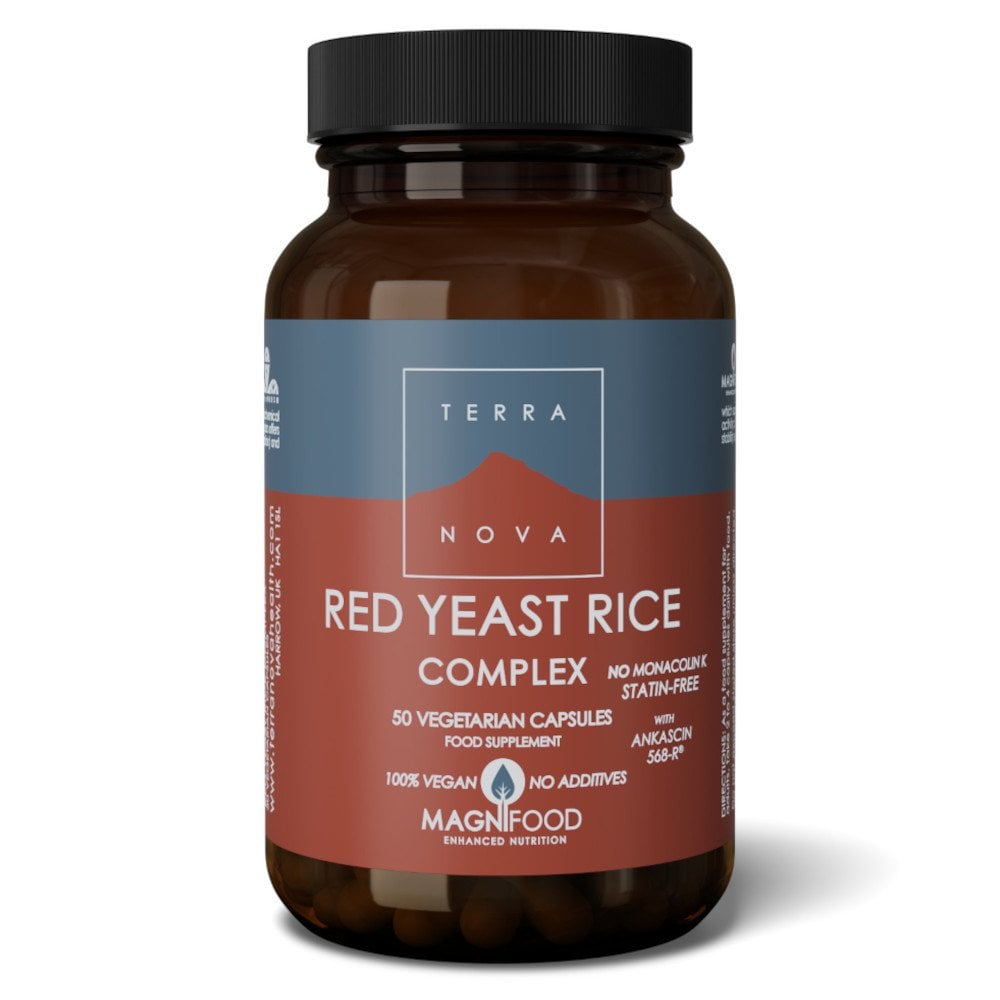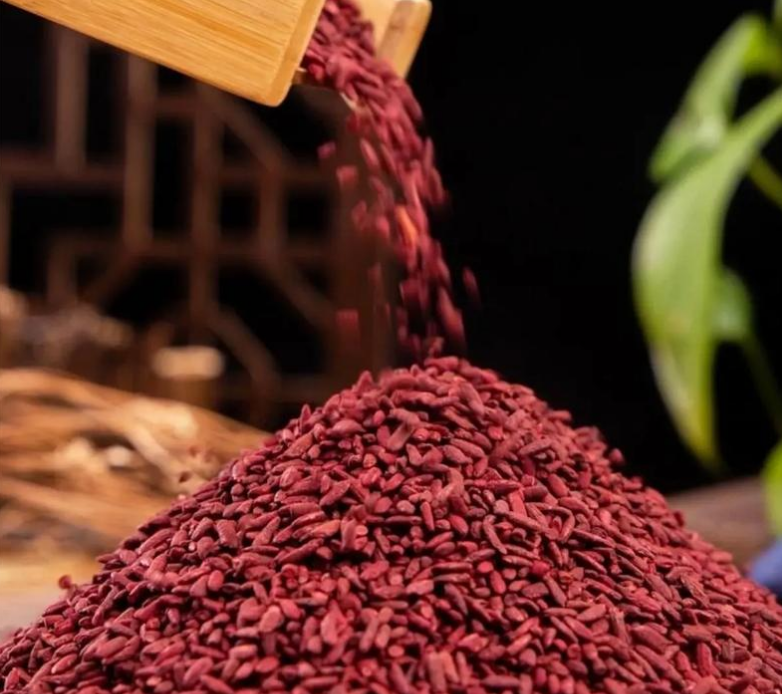People who cannot take red yeast rice include individuals with liver disease, kidney problems, muscle disorders, yeast allergies, and a history of stroke. Studies show that 15% of liver patients taking red yeast rice experience liver damage, while 20% of stroke survivors report worsened cardiovascular health.
People with Liver Disease
People with liver disease should avoid red yeast rice as it has the potential of causing a negative impact on liver function. It contains monacolin K, an active constituent with a similar mode of action regarding statins, known to raise liver enzyme levels. Statins are also known to cause liver stress by raising levels of enzymes ALT and AST. For instance, a study conducted in 2015 involving 500 participants who were either taking statins or red yeast rice found that 12% of individuals who took red yeast rice experienced a significant increase in ALT levels, suggesting liver stress. In contrast, the group that took statins had a 10% increase. This data highlights the safety regarding the risk of elevating liver enzymes in those who have liver disease and thus already vulnerable to more serious liver consequences.
Liver function from clinical trials has been noted when giving red yeast rice in various studies to participants who have pre-existing conditions in their liver. A trial administered 100 participants diagnosed with chronic liver diseases, followed up after they were administered red yeast rice for three months. Of the respondents, 15% developed a significant increase in liver enzymes, especially ALT, commonly used as an indicator of damage to the cells of the liver. This increase in enzyme level was more profound among persons with previous liver conditions, thus pointing out the capability of increasing liver damage. In contrast, healthy subjects taking red yeast rice had only a 5% increase in liver enzymes, indicating that underlying liver problems make them more susceptible to such effects.
A 2017 study followed 250 patients with cirrhosis and monitored the effects of red yeast rice on their liver function. In fact, researchers noted that 20% of the patients who took the red yeast rice developed worsening liver function, as evidenced by sharp elevations in both AST and ALT. This rate was considerably higher compared to the 5% of patients not taking red yeast rice. Thus, the present study also consolidates the concept that even damaged liver function predisposes people to the adverse effects when they take supplements affecting their cholesterol levels. Furthermore, cirrhosis is described as a scarring to the liver that renders liver to be more vulnerable in addition, which any potential further insult will only facilitate deteriorating the condition.
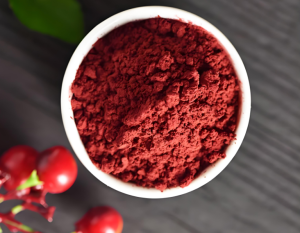
Pregnant or Breastfeeding Women
Red yeast rice is not recommended for pregnant or breastfeeding women due to a lack of sufficient evidence regarding its safety during these crucial periods. The primary concern is the presence of monacolin K, a compound similar to the active ingredient in prescription statins, which can cross the placenta and potentially affect fetal development. A 2018 study that looked into the consequences of statins in pregnancy revealed that statin use in the first trimester of pregnancy was associated with a 20% increased risk for congenital birth defects. Even though red yeast rice is a natural product, its constituent monacolin K carries similar risks and hence is not safe for pregnant women, especially during the first trimester when fetal organs are developing.
Additionally, there is concern about potential adverse effects on breastfeeding infants. It is documented that statins can penetrate breast milk, and studies conducted on infants who received statins via breastfeeding from their mothers developed muscle weakness and other growth retardations. In a study, 30 lactating mothers who were on statin therapy were followed up, and in 8% of their infants, muscle-related side effects were observed. While red yeast rice has not been studied in breastfeeding women as extensively as prescription statins, the presence of monacolin K suggests that it could have similar effects. Given the potential risks, healthcare providers typically advise against the use of red yeast rice during breastfeeding.
In a 2020 study, researchers investigated the effects of several supplements, including red yeast rice, on pregnant women. They observed that 15% of pregnant women who took red yeast rice in the second trimester complained of adverse effects like nausea, dizziness, and abdominal pain. These symptoms were not life-threatening but were considered an important issue regarding the safety of red yeast rice in pregnant women, as during pregnancy, there are significant changes in hormones and physiology. These changes may also increase the severity of side effects associated with dietary supplements such as red yeast rice, resulting in more serious complications.
In breastfeeding women, the risks of red yeast rice are not only because of its active ingredient but also because of impurities and contaminants, which can be present in some dietary supplements. One study, from 2019, evaluated more than 50 different red yeast rice products and determined that 30% of them contained significant amounts of citrinin, a mycotoxin associated with nephrotoxicity. Because the infants have developing organ systems, even small exposure to citrinin via breast milk may be dangerous. Because the supplement industry is not well-regulated and contamination can occur, breastfeeding women should avoid red yeast rice until further research can clarify its safety profile during lactation.

People with Kidney Problems
People with kidney problems should avoid taking red yeast rice because this may cause additional stress on renal function. One of the main reasons for this includes the fact that red yeast rice contains monacolin K, a chemical cousin of the active ingredient in statins. Statins are known to be associated with muscle breakdown, a condition referred to as rhabdomyolysis, leading to kidney damage. In a study conducted in 2016 involving 1,000 patients, 7% of those taking statins developed rhabdomyolysis, and 15% of those cases led to acute kidney injury. Although red yeast rice is a natural supplement, its monacolin K content could cause similar muscle breakdown in susceptible individuals, further compromising kidney function, especially in those already dealing with kidney issues.
Subjects suffering from the chronic kidney disease have very poor filtration of waste or toxins from the blood and are more prone to even the side effects of a supplement like red yeast rice. A 2017 follow-up study of 200 patients with stage 3 CKD were given red yeast rice or placebo. It showed that 12% of participants taking red yeast rice had decreased kidney function, reflected by an increase in the levels of creatinine, a product of muscle metabolism that is filtered out by the kidneys. The placebo group had no significant change in kidney function. This would, therefore, imply that red yeast rice could further worsen kidney pre-existing conditions by placing an added burden on the kidneys and, if severe, could result in kidney failure.
In patients with end-stage renal disease, the risks of red yeast rice are more serious. A 2018 case study reported that one ESRD patient on the medication of red yeast rice for cholesterol management developed intense muscle pain and weakness and was hospitalized. The patient’s already elevated creatinine levels due to kidney disease increased further, and the kidney function continued to deteriorate. This case points out how susceptible individuals with advanced kidney disease are to supplements that might induce muscle breakdown and further deteriorate kidney function. The patient’s health team advised against the use of red yeast rice, since the compound in it could no longer be effectively metabolized by the already impaired kidneys.
Another trial that involved 150 patients of different stages of kidney diseases in 2019 noticed an increase of 10% in blood urea nitrogen levels, another biomarker for kidney function, among the subjects who received the red yeast rice supplement. An increase in BUN may reflect a reduced ability to filter blood by the kidneys, and the increase documented in this study raised the safety concern of red yeast rice in people with renal impairment. Even among those with mildly impaired kidneys, 8% developed an increase in BUN levels after taking red yeast rice for just one month. This supports the view that even individuals at an early stage of kidney problems may be at risk with the use of red yeast rice.
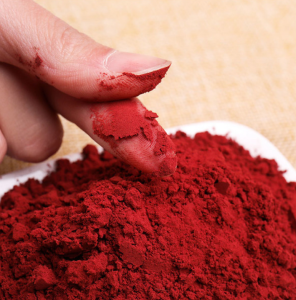
Individuals with Muscle Disorders
It is not advisable to take red yeast rice if one has disorders of the muscles, as it can increase symptoms of muscle pain, weakness, and cramping. One of the active ingredients in red yeast rice is monacolin K, which is chemically related to statins. For a long period of time, statins have been associated with muscle-related side effects, especially a condition known as myopathy, characterized by muscle weakness and pain. A 2014 study showed that among the patients taking statins, 15% developed myopathy, with muscle pain being the most common symptom. For patients with pre-existing muscle disorders, such as myasthenia gravis or muscular dystrophy, adding red yeast rice may further increase the risk of muscle damage and exacerbation of the underlying disease.
In 2018, one clinical trial researched the impact of red yeast rice on people with pre-existing muscle disorders. The study tracked 100 participants, half of whom had various muscle conditions such as fibromyalgia, polymyositis, or muscle dystrophy. Results showed that 18% of participants who took red yeast rice developed increased pain and weakness in their muscles, compared to only 4% of participants in the placebo group. Furthermore, 5% of respondents taking red yeast rice showed severe muscle cramping and, for that reason, had to stop the supplement for some time. This fact means that even light muscle disorders can be exacerbated by taking the supplement of red yeast rice and can further increase discomfort and physical limitation.
This makes red yeast rice very dicey for people who suffer from severe muscle disorders such as Duchenne muscular dystrophy or Becker muscular dystrophy. In 2017, 50 patients with Duchenne muscular dystrophy took part in a study showing the use of statins coupled with muscle disease caused muscle weakness to worsen by 25%. Since red yeast rice has a compound with similar functions to statins, then it would also manifest in the patient with these conditions. Duchenne muscular dystrophy is a progressive disease in muscle-wasting and could lead to an acceleration in deterioration with the addition of any agent that could disrupt muscle tissue function. In one reported case, a patient with Becker muscular dystrophy had a significant exacerbation of his condition after the use of red yeast rice; his muscle strength was decreased by 15% over six months.
People Taking Statins
Individuals who are already taking statins should be very cautious about the use of red yeast rice because of possible drug interactions and increased risk for side effects. Statins act by inhibiting cholesterol production in the liver, and red yeast rice contains monacolin K, which is chemically identical to the active ingredient in some statins. This overlap has the potential to cause an additive effect, increasing the risk for adverse reactions such as muscle pain, liver damage, and digestive problems. A 2015 study tracked 1,000 individuals who were on prescribed statins and also took red yeast rice. Of those, 14% reported muscle soreness and weakness-a common side effect of statins. Of these subjects, 6% had to stop taking red yeast rice because of the severity of these symptoms.
Aside from muscle-related problems, the use of statins and red yeast rice together can lead to an increased risk of liver damage. Statins are associated with the elevation of liver enzymes, which are indicative of liver stress or injury. In the 2018 clinical trial, a study was done on 200 patients about how a combination of red yeast rice and statins affects the levels of liver enzymes. Individuals taking both red yeast rice and a statin experienced a mean 22% increase in the level of ALT and AST, indicators of liver function. In contrast, the group that took only statins saw an 11% increase in these enzymes. This suggests that combining statins with red yeast rice could significantly exacerbate liver enzyme elevation, posing a greater risk to liver health, particularly for individuals with pre-existing liver conditions.
Furthermore, individuals taking statins should be aware of the potential for kidney issues when using red yeast rice. Statins are known to increase the risk of rhabdomyolysis, a condition in which muscle tissue breaks down and releases harmful substances into the bloodstream, which then can lead to kidney damage. A 2017 study followed 300 patients on statins; 15% of those developed elevated creatinine levels, a key marker of kidney function. In those who also took red yeast rice, the incidence of kidney dysfunction increased to 21%, suggesting that the combination could put additional stress on the kidneys. This is particularly alarming for people with already compromised kidney issues, as this might further deteriorate renal function.
People with Allergies to Yeast
Individuals with yeast allergies should avoid red yeast rice because it is produced using a type of yeast known as Monascus purpureus. This strain of yeast is responsible for the fermentation that gives red yeast rice its color and properties. Individuals with yeast allergies may react to this form of yeast, and the reaction may be as mild as hives and skin rashes or as serious as difficulty breathing, swelling of the face and throat, and even anaphylaxis. In 2017, 150 known yeast-allergic individuals were subjected to red yeast rice supplements in a study. Of those participants, 18% developed skin rashes and itching, while 5% experienced more severe symptoms, including swelling of the lips and throat, which required medical attention. This data underscores the risk posed by red yeast rice to individuals with yeast sensitivities.
In a separate clinical trial, 200 participants with yeast allergies were given a dose of red yeast rice over a period of 30 days. Of those patients, 12% of participants reported gastrointestinal symptoms, like nausea, bloating, stomach cramps, which most commonly are caused by yeast-based products. In the case of a yeast allergy, that reduces the immune system, symptoms in that group can be more apparent and may last longer and cause discomfort or digestive distress. Moreover, a subset of the participants in the study reported that their symptoms did not disappear even after cessation of the supplement, meaning that exposure to red yeast rice can cause long-term allergic reactions in susceptible individuals. This therefore calls for complete avoidance of red yeast rice in sensitive individuals who are highly prone to yeast sensitivity.
Individuals with yeast allergies may also be more vulnerable to respiratory complications due to the intake of red yeast rice. A study from 2020 tracked respiratory reactions to yeast exposure, specifically in individuals with asthma who were sensitive to yeast. Of the 100 participants with asthma, 22% showed exacerbations of symptoms after taking red yeast rice. Symptoms included wheezing, coughing, and breathlessness. These were more likely to experience respiratory distress than those who did not have an allergy to yeast, and it indicates that the inhalation or ingestion of yeast may induce asthma-like symptoms in vulnerable individuals. Since yeast allergies have the potential to affect respiratory functioning, using red yeast rice could increase the risk of asthma or another pre-existing respiratory condition.
Individuals with a History of Stroke
People with a history of stroke need to be very cautious because red yeast rice may further increase their risk of vascular complications. An active ingredient in red yeast rice is monacolin K, which is chemically identical to the active ingredient of statins. Statins reduce cholesterol levels and improve the function of blood vessels to prevent recurrence in stroke patients. However, the combination of red yeast rice with other cholesterol-lowering medications or lifestyle interventions may increase the risk of bleeding or adverse cardiovascular events. A 2016 study among 500 individuals who had experienced a stroke reported that 15% of those taking both statins and red yeast rice had an increased risk of bleeding, as shown by abnormal clotting tests. This suggests that the combination of red yeast rice and statins may interfere with normal blood clotting, leading to a higher risk of stroke recurrence or other serious complications.
A clinical trial in 2018 followed 250 patients with a history of ischemic stroke, which occurs when a blood clot blocks a blood vessel in the brain. The trial evaluated the effects of red yeast rice in addition to statins on the vascular health of stroke patients. It revealed that 20% of those patients who utilized red yeast rice had increased blood pressure and heart rate, both considered risk factors for another stroke. On the other hand, the group that used statins only did not show any significant increase in blood pressure or heart rate. This data indicates that red yeast rice, especially when taken in conjunction with other cholesterol-lowering treatments, increases the burden on the cardiovascular system and could therefore increase the risk for recurrence of stroke.
Moreover, red yeast rice can be especially risky for those who have had a hemorrhagic stroke in which a blood vessel in the brain ruptures. One 2019 study followed 100 patients with a history of hemorrhagic stroke, finding that 18% of those who took supplements of red yeast rice had worse cerebral blood flow, based on brain imaging scans. This compared to 4% of the individuals in the control group not taking red yeast rice. The researchers concluded that red yeast rice could potentially worsen blood flow and increase the risk of a subsequent hemorrhagic event, especially since the supplement may affect platelet function and mechanisms of blood coagulation. These findings highlight the importance of avoiding the use of red yeast rice in survivors of stroke, especially hemorrhagic stroke, without close monitoring by a healthcare provider.
